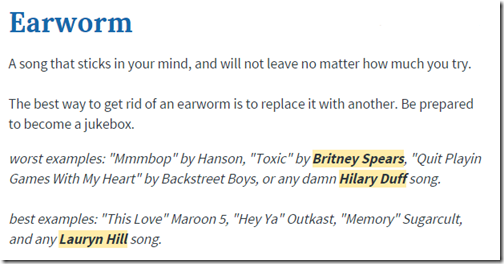Integrity Staffing Solutions v. Busk asks the question of whether the FLSA entitles hourly employees to be paid for post-shift time spent undergoing mandatory security screenings. The case was brought by two employees of a warehousing company with employee theft issues. To combat the problem, the company implemented mandatory (and time consuming, but unpaid) post-shift security checks.
When I wrote about this case following oral argument, I commented that “I would be surprised … if the employees walk away with a win. This case will hinge on whether the security screenings are key to the nature of the employment…. [T]he employer has the better of this agreement.”
I love it when I’m right.
Yesterday, the Court handed employers a unanimous victory (opinion [pdf] here):
The security screenings at issue here are noncompensable postliminary activities. To begin with, the screenings were not the “principal activity or activities which [the] employee is employed to perform.” Integrity Staffing did not employ its workers to undergo security screenings, but to retrieve products from warehouse shelves and package those products for shipment to Amazon customers.
The security screenings also were not “integral and indispensable” to the employees’ duties as warehouse workers…. The screenings were not an intrinsic element of retrieving products from warehouse shelves or packaging them for shipment. And Integrity Staffing could have eliminated the screenings altogether without impairing the employees’ ability to complete their work.
Shortly after the Court delivered its opinion, I read the following tweet:
#SCOTUS OKs #WageTheft at Amazon http://t.co/DvSuWmLEqO
— N. William Metke (@metkelaw) December 9, 2014 While I understand that employee advocates are trying to make a point by using the phrase, “wage theft,” their continued use of this misnomer does their cause a disservice. It is not wage theft if a court concludes that time is not compensable. In fact, it’s the opposite of wage theft. Labeling every instance that an employer does not pay an employee as “wage theft” waters down the plight of the minimum-wage worker (which, I understand, is the point of labor’s wage-and-hour efforts). If you want us to take you seriously, you can’t cry thief every time you see an employer carrying a stack of pay envelopes.


